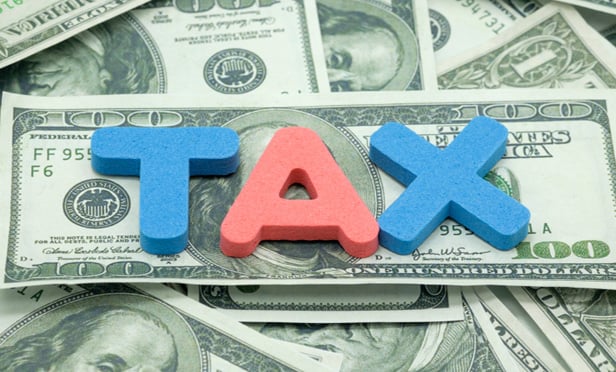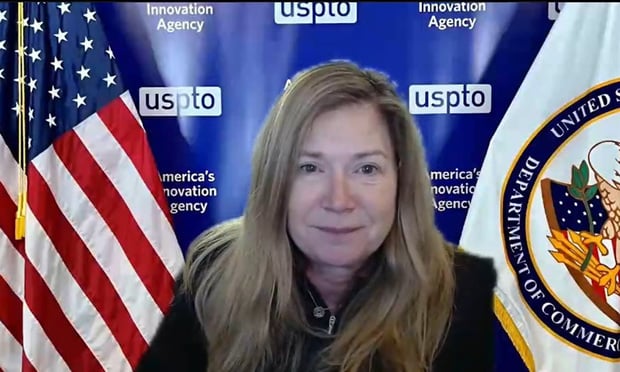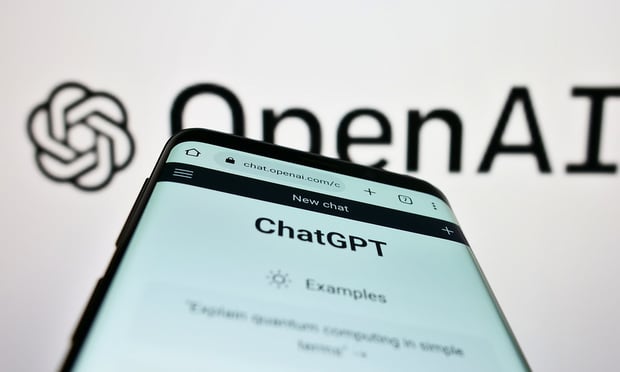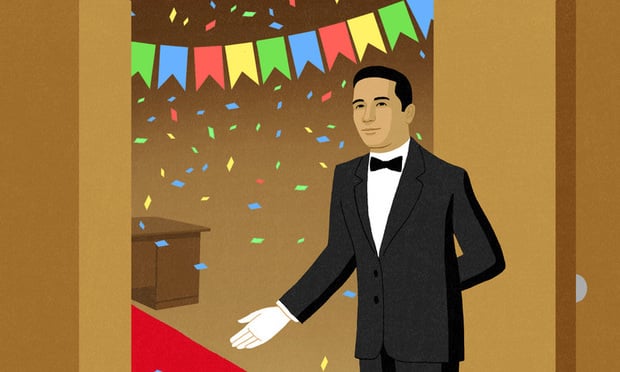Features

Litigation Finance Offers Significant Benefits for Restructuring Matters
In today's volatile economic climate, companies need to be more creative to find ways to mitigate risk. Litigation finance is one of those out-of-the-box solutions that can provide benefits.
Features

Experience Management: Selecting Best of Breed Solutions for Better Business Outcomes
Experience management is vital not only in terms of raw time savings and cost efficiencies but is pivotal in the firm's ability to win new business.
Features

Leveraging Data and Deal Terms to Meet the Demands of the DOJ's New M&A Safe Harbor
This article describes the DOJ's new M&A safe harbor policy and also provides practical insights on how companies engaged in M&A can meet the DOJ's expectations.
Features

Ninth Circuit Focuses On Extrinsic Test In Ruling On Choreography Copyright
Reversing and remanding, the Ninth Circuit emphasized: "The district court's approach of reducing choreography to 'poses' is fundamentally at odds with the way we analyze copyright claims for other art forms, like musical compositions."
Features

Second Circuit Likely to Deliver Big Win for Commercial Shopping Center Lessor
The U.S. Court of Appeals for the Second Circuit, on remand from the Supreme Court, further remanded to the district court the key issue of whether the Chapter 11 debtor gave "adequate assurance of future performance of" a commercial real property shopping center lease "as required by the Bankruptcy Code after the debtor's assignment of its lease.
Features

When Is A Real Estate Instrument Filing Fee An Unauthorized Tax?
Litigation pending in the Suffolk County Supreme Court is challenging fees charged for tax map verifications on real estate instruments filed with the county clerk as unauthorized taxes.
Features

Director Vidal's Impact On the PTAB: Big Changes and More On the Way
Perhaps the largest impact that Director Vidal has had upon the PTAB is has been via Director Reviews. The U.S. Supreme Court mandated Director Reviews to correct procedural defects in the way that administrative patent judges are appointed to the PTAB.
Features

Time to Think Big: What Law Firm Marketing and Bus Dev Teams Can Learn from the Fortune 500
As competition intensifies, RFPs and marketing output rise, and maintaining brand consistency across changing markets, regions and diverse work settings becomes a critical concern. It's time to think big.
Features

Happy Anniversary ChatGPT! Leveraging Generative Artificial Intelligence in Your Law Firm Practice One Year into this Disruptive Technology Phenomenon
While the societal impact of technology is not a new concept, GenAI stands out due to its accessibility to the public and its profound influence on knowledge-based industries like law. In addition to boosting efficiency and productivity, GenAI's new technological capabilities hold the promise of empowering lawyers to offer more precise and insightful guidance to their clients.
Features

It's Hoteling, Not Moteling
Hoteling has a negative connotation in the legal industry as little has been done to make the experience reliable and something to look forward to. The fact is, hoteling has worked very well in other industries for many years, and lessons learned here can help law firms.
Need Help?
- Prefer an IP authenticated environment? Request a transition or call 800-756-8993.
- Need other assistance? email Customer Service or call 1-877-256-2472.
MOST POPULAR STORIES
- Use of Deferred Prosecution Agreements In White Collar InvestigationsThis article discusses the practical and policy reasons for the use of DPAs and NPAs in white-collar criminal investigations, and considers the NDAA's new reporting provision and its relationship with other efforts to enhance transparency in DOJ decision-making.Read More ›
- The DOJ's Corporate Enforcement Policy: One Year LaterThe DOJ's Criminal Division issued three declinations since the issuance of the revised CEP a year ago. Review of these cases gives insight into DOJ's implementation of the new policy in practice.Read More ›
- The DOJ's New Parameters for Evaluating Corporate Compliance ProgramsThe parameters set forth in the DOJ's memorandum have implications not only for the government's evaluation of compliance programs in the context of criminal charging decisions, but also for how defense counsel structure their conference-room advocacy seeking declinations or lesser sanctions in both criminal and civil investigations.Read More ›
- Lionsgate GC Who Resigned Without 'Good Reason' Got Severance PayAdd another plot twist to the storyline surrounding Corii Berg, who unexpectedly quit as general counsel of the film studio Lionsgate in December, even though he was under contract through June 2023.Read More ›
- Join Us For a Twitter Chat: Do We Need Offices Anymore?When we think about how the COVID-19 pandemic has changed the legal industry, one (frankly huge) question comes to mind: Do we really need offices anymore? As many are still working from home, meeting with clients over Zoom and some even conducting jury trials online, life of commuting to and from work seems farther away than February.Read More ›
